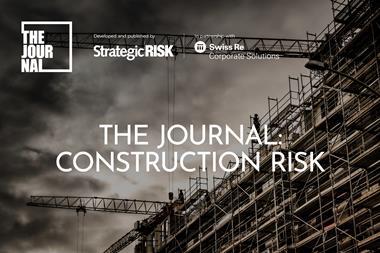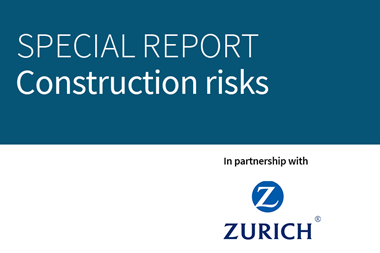A survey has revealed that the public sector is a key source of risk during the construction phase of public-private partnership (PPP) projects. The Anatomy Of Construction Risk: Lessons From A Millennium Of PPP Experience, published by Standard & Poor's Ratings Services, also revealed that there was only a weak correlation between construction risk and project type. This is despite conventional wisdom suggesting that the construction of some projects is inherently less risky than others.
"The most frequently reported causes of PPP construction distress in the survey were associated with the public sector itself," said Standard & Poor's credit analyst Robert Bain. "These include inexperience, lack of commitment, bureaucracy, interference, scope changes and enforced delays."
Based on the survey, Standard & Poor's has developed a construction risk index - a tool that can be used to identify where PPP projects are exposed to construction risk. Comparison of these risks with the mitigating factors structured into particular PPP transactions helps to assess credit quality, because it reveals areas of potential, residual construction risk exposure for lenders.
The survey was based on 161 responses from 22 different countries.


















